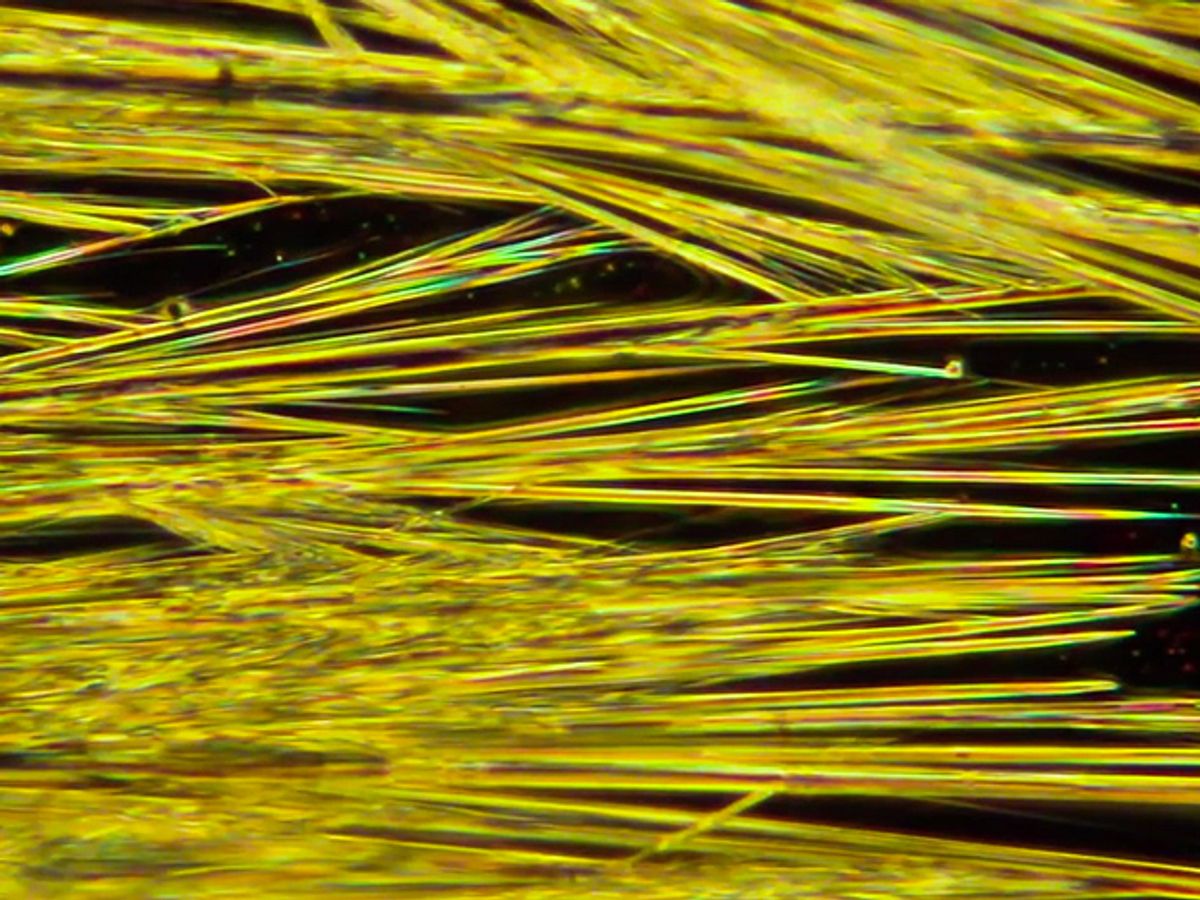If you’re working with the latest in photovoltaic materials, chances are you’re doing something with perovskite, which has become all the rage in the solar world.
Now researchers at the École Polytechnique Fédérale de Lausanne (EPFL) in Switzerland have become the first to make nanowires out of perovskite, combining two favored materials for use in photovoltaics.
In work published in the journal Nano Letters, the Swiss researchers developed a novel method for fabricating the perovskite into nanowires, which also have developed quite the reputation in photovoltaic applications.
The road to developing the method started with attempts to produce nanostructures by getting a liquid, methylammonium lead iodide, to form into nanocrystals. From there, the researchers expected that the nanocrystals could be used in some kind of device.
“I could grow it into flakes, needles, and cubic crystals,” said Endre Horváth, one of the EPFL researchers, in a press release. “But these are large, macroscopic structures, so I tried to scale them down.”
He was able to shrink the crystals first to micrometer scale and then ultimately down to the nanoscale. Encouraged by this success, the research team started to think that perhaps the nanocrystal material could be elongated into nanowires.
“If we could texture this perovskite from loosely connected grains into nanowires, we could improve the performance of photovoltaic cells,” said László Forró, one of the EPFL researchers, in a press release.
After discovering that the typical method for texturing perovskite, a process known as “blade coating,” wasn’t effective, the researchers hit upon the idea of pressing the perovskite between two glass coverslips typically used to view samples under a microscope.
The process of pressing the two glass coverslips and then sliding them apart created needle-like structures that were observable within seconds. Playing off the term “blade coating,” the researchers dubbed their process “slip-coating.” In the video below, you can see how the perovskite forms into the nanowires.
“If we can make nanowires like this, it will open up a whole new subfield of technology, where we can make a number of optical tools, such as detector antennas, lasers or diffraction gratings,” added Horváth.
Dexter Johnson is a contributing editor at IEEE Spectrum, with a focus on nanotechnology.



